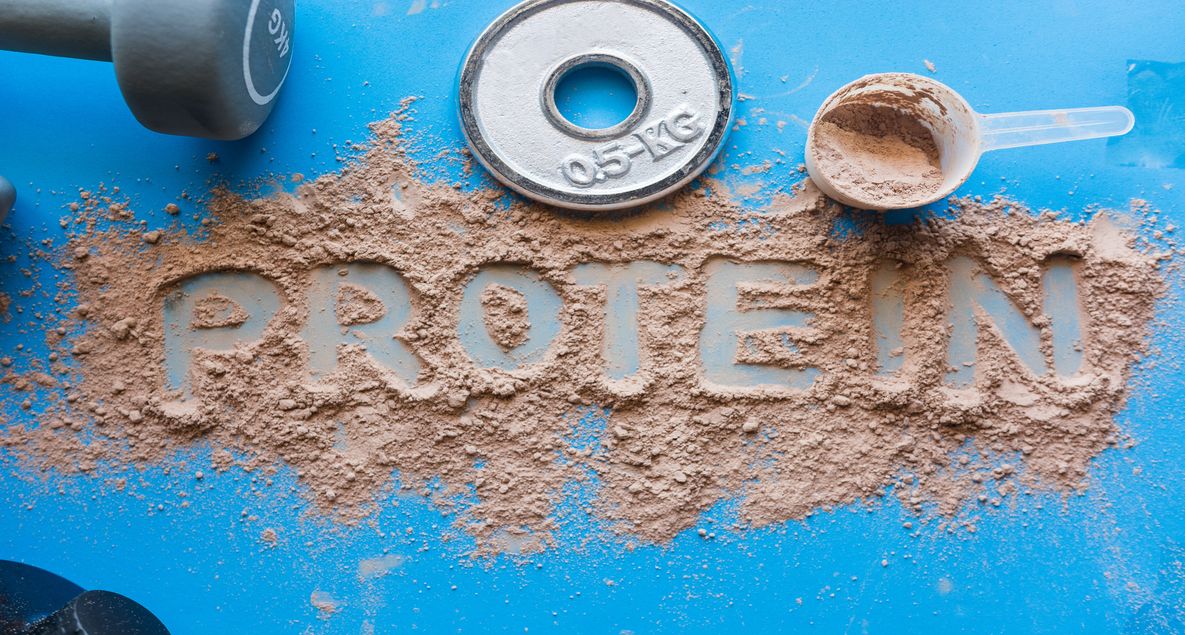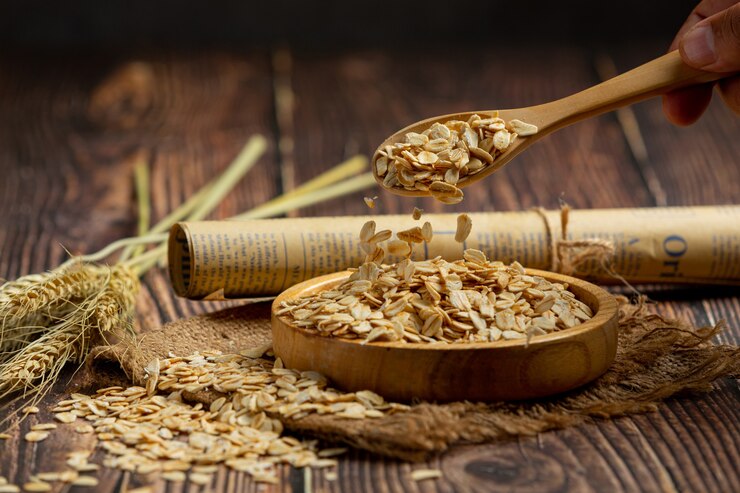RISING DEMAND FROM INFANT FORMULA MANUFACTURERS TO INFLUENCE WHEY PROTEIN POWDER MARKET GLOBALLY
The whey protein is a component of milk coproduced during cheese making and casein manufacturing in the dairy industry. Whey protein contains all essential amino acids and is considered a complete protein. It is low in lactose content and promotes weight loss and lowers cholesterol. Also, it works as a protein supplement and is often recommended in gyms for muscle building and repairing muscle tissues. Whey protein is available in the form of concentrates, isolates, and hydrolysates. Whey protein powder possesses anti-bacterial and anti-hypertensive properties and is often used in food and beverage applications for infant formula, beverages, snacks, chocolates, and bakery items. Whey protein products have a much longer shelf life than other dairy products and can be easily transported from one place to another.
The whey protein powder market is anticipated to grow in the forecast period owing to driving factors such as changing dietary habits of the population and growing food industry. The emerging trend of consuming protein-based drinks coupled with the rising disposable income of the population has opened lucrative opportunities for whey protein manufacturers. Whey protein powder, specifically demineralized whey powder and WPC-35-80, is one of the prime constituents of infant formulae. The demand for whey-based infant formulas has increased rapidly over the past few years, especially in China. China has mildest regulatory framework for the consumption of infant formula by babies. On the other hand several countries in Europe have stagnant regulations regarding the consumption of infant formulas by toddlers. The American Academy of Pediatrics recommends that infants who are at risk for atopic diseases (skin conditions like eczema) should be fed hydrolysate formulas. Companies operating in the infant formula manufacturing are focused on extensively hydrolyzing their products so the proteins are in smaller chains. Thus, these formulas are made hypoallergenic by ensuring that the protein content cannot induce any allergic response. In 2018, Arla Foods amba (A Scandinavian multinational cooperative) conducted a study. The company spoke to almost 6,000 women in seven different countries to understand their attitudes toward certain ingredients in formula. During this study the most recognized ingredient was lactose (66%), followed by probiotics (63%). However, 46% were aware of whey protein, which indicates rising awareness regarding this alternative form of protein used in infant formulas. Moreover, the company also found out that China represents the world’s largest infant formula market, and 55% of Chinese mothers agreed that they would prefer a formula that contained whey proteins. Moreover, about 31% women from other countries preferred whey protein hydrolysates and alpha-lactalbumin.



